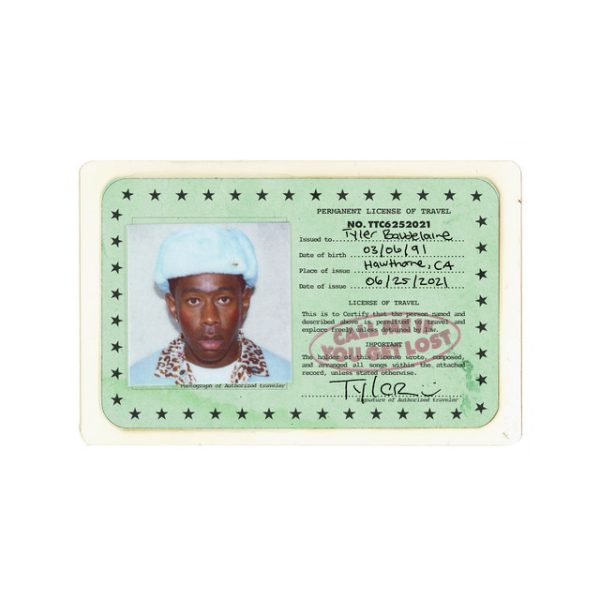‘Let the Lord Sort Them’ paints a chilling picture of capital punishment
February 13, 2021
“Let the Lord Sort Them,” a book by Maurice Chammah released on Jan. 26, takes an in-depth look at the history of capital punishment through specific cases in the state of Texas, which is notoriously known for its long history with the death penalty. Along with being an author, Chammah is also a journalist and staff writer for the Marshall Project, a non-profit organization reporting on criminal justice issues in the United States.

Chammah’s relation to the Marshall Project and personal thoughts on capital punishment shine through in his writing. Some of the facts he chooses to include are jarring, but it’s impossible not to wonder if any of the statistics were cherry picked. It doesn’t take long, however, to find the nearly 100 page source list in the back of the book, allowing the reader to further their own personal research if they please.
A black man convicted of rape in Texas had an 88 percent chance of being sentenced to death, versus 22 percent for other races.
— Chammah, p. 26
Alongside his use of statistics, Chammah is most effective in his arguments when he uses firsthand accounts from capital punishment cases in Texas. For example, in the first part of the book, Chammah follows Danalynn Recer, a white woman studying law. She takes a special interest in the Texas Resource Center, a group of lawyers who fight to get inmates off of death row, and decides to work with them. While telling the story of Recer, Chammah also documents the career of Elsa Alcala, a Mexican American prosecutor who attempts to give out death penalty sentences to those who deserve it. This interesting dynamic not only allows the reader to understand both sides of the centuries old debate regarding capital punishment, but it also helps maintain interest in the book itself, as it wasn’t just a dry description of statistic after statistic.
In 1986, the Supreme Court declared that a person could not be excluded from serving on a jury purley because of their race. Prosecutors began training one another on all the different ways you could strike a juror without mentioning race explicitly.
— Chammah, p. 100

Many of the cases highlighted through the anecdotes of lawyers such as Recer and Alcala happened to be cases of Black men on death row. Although Chammah chose not to make the issue of race the focus of his entire book, he does use his research to make and support the claim that lynchings of Black people, along with many other minority groups, are the root of capital punishment. Some of his points allude to the systemic racism that the criminal justice system is built on, but no claim goes unsupported.
Though the book was thoroughly researched, one small detail is difficult to omit. The full title of the book is, “Let the Lord Sort Them: The Rise and Fall of the Death Penalty.” The book is split into two parts, “Rise” and “Fall” respectfully. Despite seemingly creating a theme, Chammah did not stick to this at all in his writing. Rather than having one part depict the “Rise” of the death penalty and the other part depict the “Fall,” the second part mirrors the first, only choosing different cases and characters to spotlight.
Overall, if little organizational hiccups can be overlooked, this is an excellent read for anyone who enjoys educating themselves about criminal justice. The perfect blend of statistical and anecdotal evidence is more than enough to capture a willing audience, and Chammah’s extensive research does not disappoint.























